How do weeds grow are often seen as unwanted plants in gardens or agricultural fields. However, they play a significant role in ecosystems and can provide valuable insights into soil health and environmental conditions. Understanding how weeds grow and thrive is essential for effective weed management strategies.
How do weeds grow Factors Influencing Weed Growth
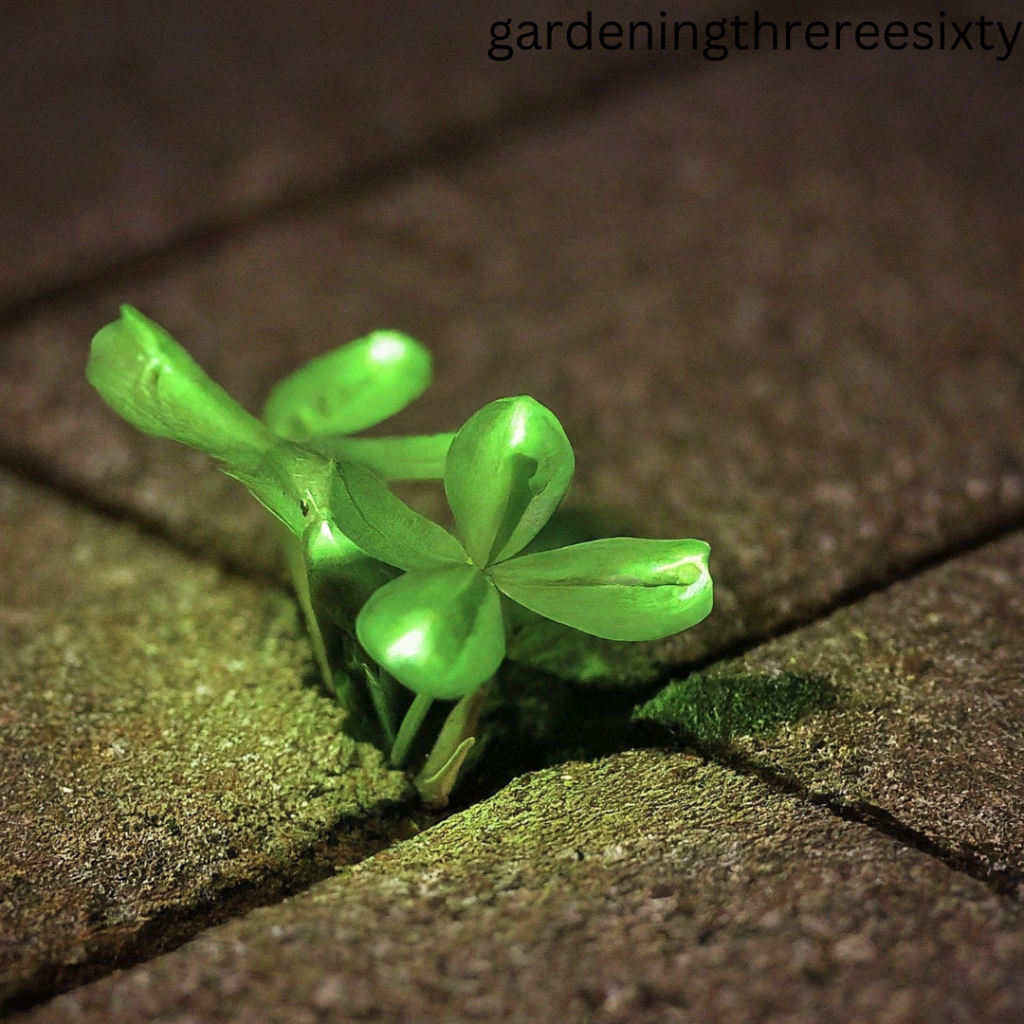
Environmental Conditions
The growth of weeds is influenced by various environmental factors such as temperature, humidity, and rainfall. Weeds tend to thrive in conditions that are favorable for their growth, often outcompeting desirable plants.
Soil Composition
The composition of the soil, including its pH levels, nutrient content, and texture, can greatly impact weed growth. Weeds may prefer certain soil types over others, and understanding these preferences can help in weed control efforts.
Nutrient Availability
Weeds require nutrients for their growth, just like any other plant. They can compete with crops and native plants for nutrients, often leading to reduced yields in agricultural settings.
Light and Temperature
Light availability and temperature also play a crucial role in weed growth. Some weeds thrive in shady areas, while others prefer full sun. Similarly, temperature fluctuations can affect weed germination and growth rates.
Stages of Weed Growth
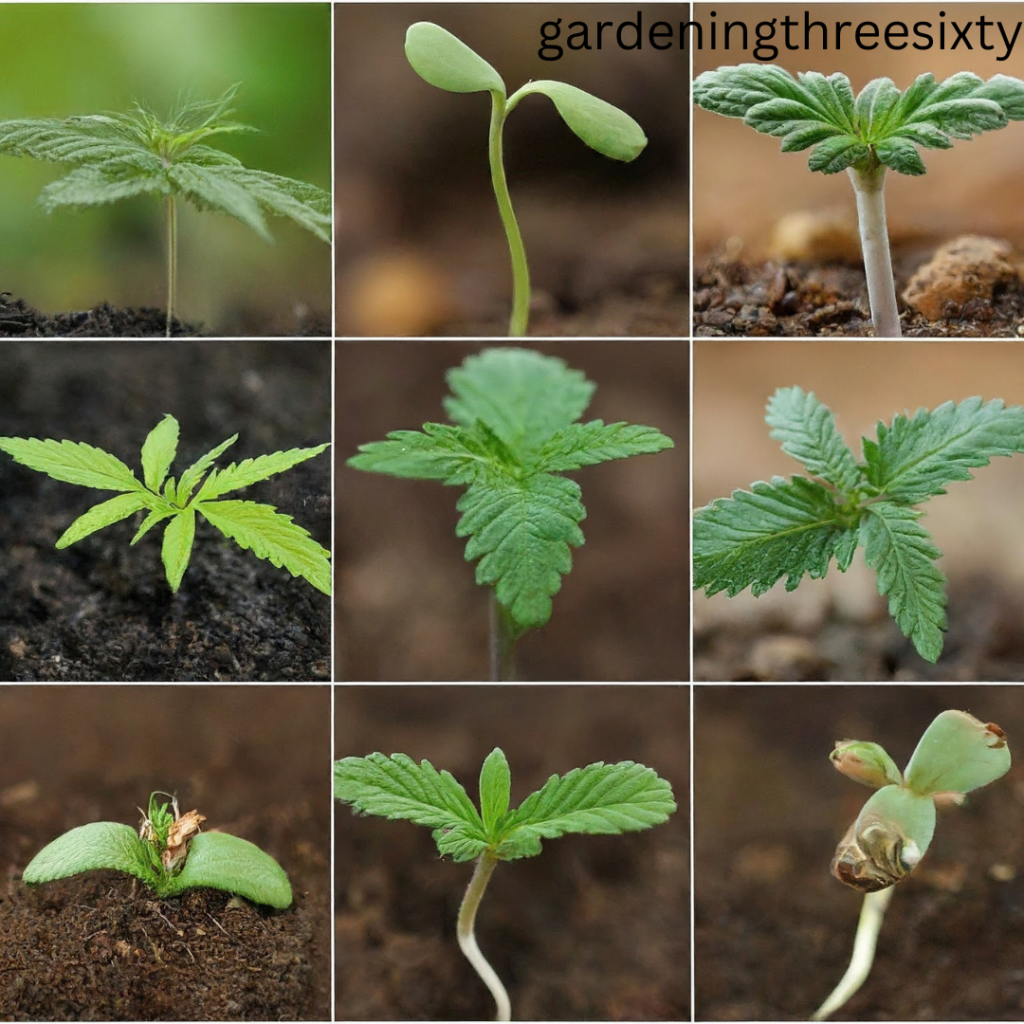
Understanding the different stages of weed growth is essential for effective management strategies.
Germination
Weed seeds germinate under favorable conditions, such as adequate moisture and temperature. Germination marks the beginning of the weed’s life cycle.
Seedling Stage
During the seedling stage, weeds develop their first set of true leaves and establish their root systems. They are vulnerable during this stage but can quickly grow and spread if not controlled.
Vegetative Growth
Weeds enter the vegetative growth stage, where they grow rapidly and compete with surrounding plants for resources.
Reproductive Stage
In the reproductive stage, weeds produce flowers and seeds, further contributing to their spread. Effective weed control strategies must target weeds at this stage to prevent seed dispersal.
Methods of Weed Dispersal
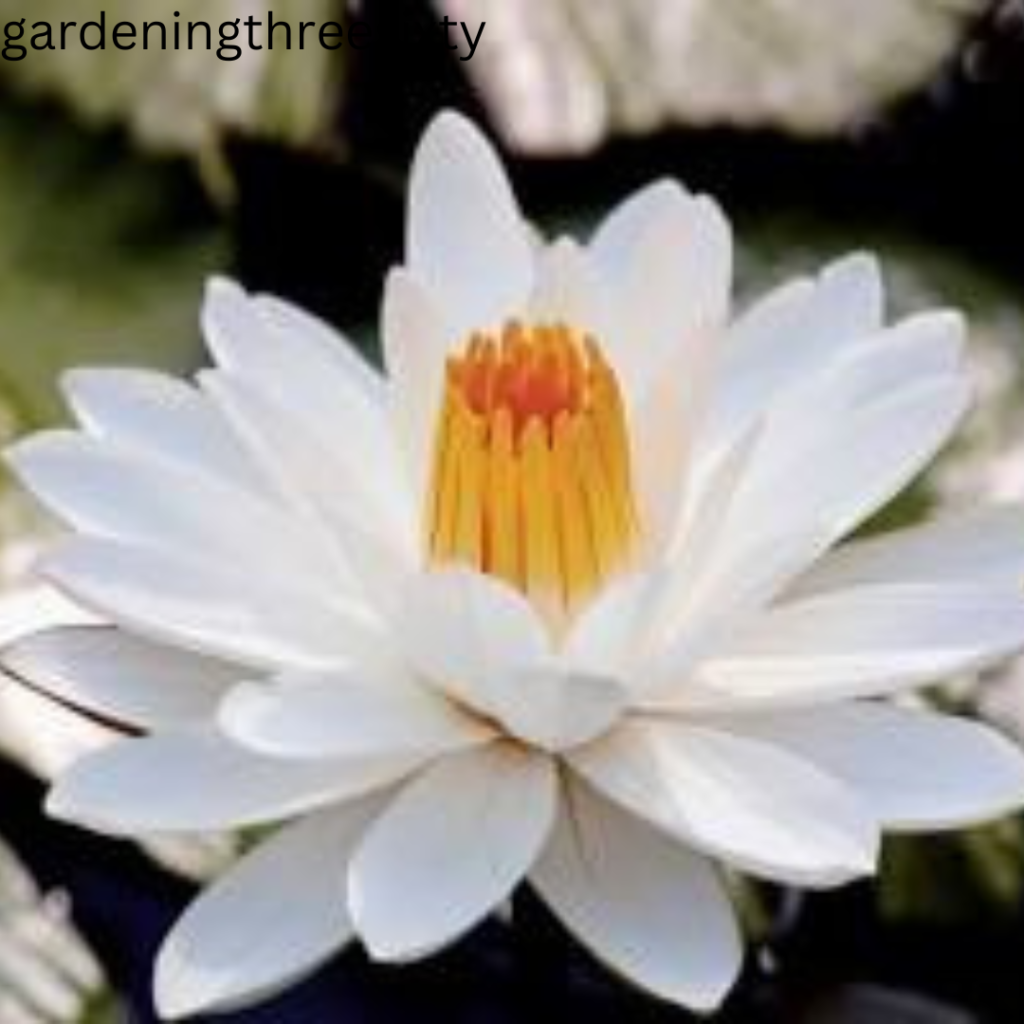
Weeds employ various methods to disperse their seeds and propagate.
Natural Dispersal
Wind, water, and animals play roles in the natural dispersal of weed seeds. Seeds can be carried over long distances, contributing to weed infestations in new areas.
Human-Induced Dispersal
Human activities, such as agriculture, landscaping, and transportation, can unintentionally spread weed seeds. Machinery, vehicles, and contaminated soil are common vectors for human-induced dispersal.
How Weeds Compete with Crops and Native Plants
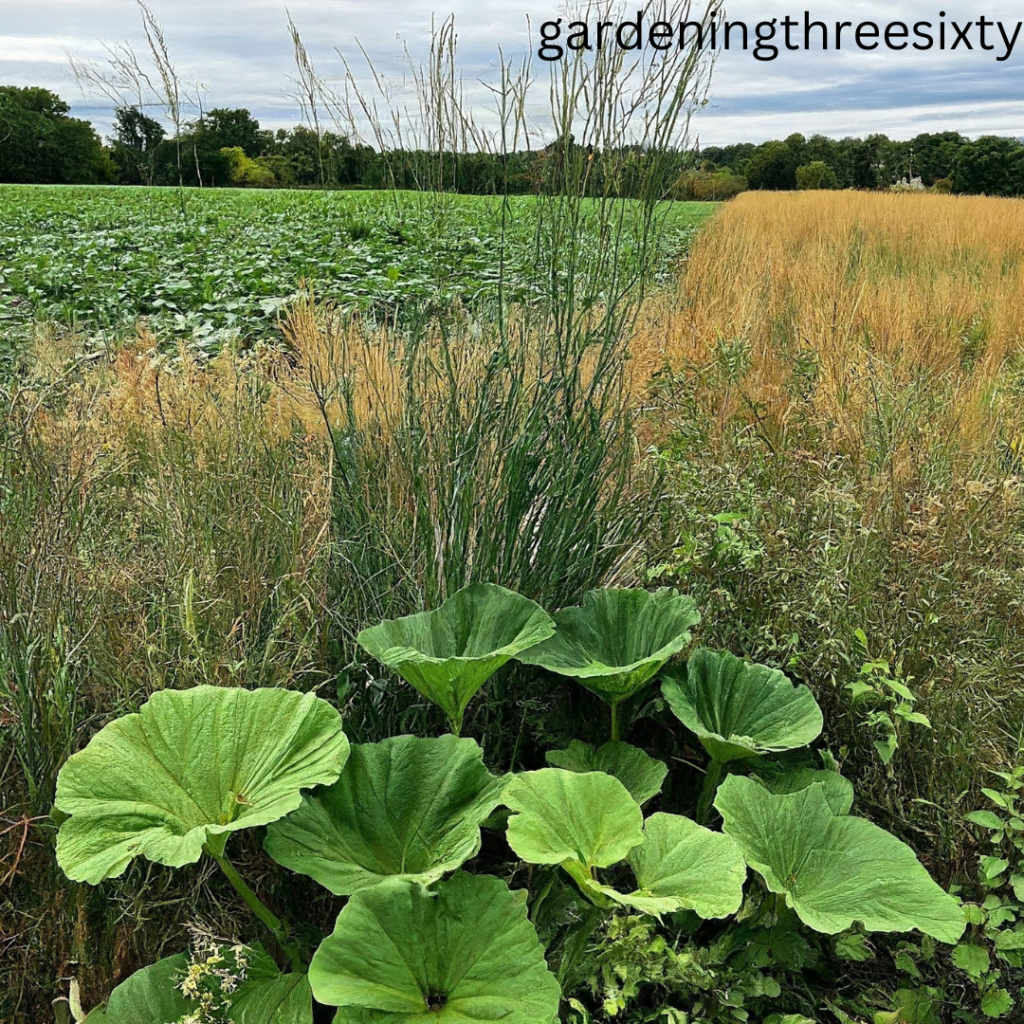
Weeds compete with crops and native plants for essential resources such as water, nutrients, and sunlight. Their aggressive growth can lead to reduced yields and biodiversity in natural ecosystems.
Strategies for Weed Control for How Do weeds grow
Effective weed control requires a combination of strategies tailored to specific environments.
Cultural Methods for How Do Weeds Grow
Cultural practices such as crop rotation, mulching, and proper irrigation can help suppress weed growth and support healthy plant growth.
Mechanical Methods for How Do Weeds Grow
Mechanical methods include hand-pulling weeds, using weed trimmers, and employing mulching or tilling techniques to disrupt weed growth.
Chemical Methods
Herbicides are commonly used to control weeds. Selective herbicides target specific weed species, while non-selective herbicides can kill a wide range of plants.
Sustainable Practices to Prevent Weed Growth

Implementing sustainable practices such as cover cropping, promoting biodiversity, and reducing soil disturbance can help prevent weed growth and improve overall ecosystem health.
Strategies for Effective Weed Control
Controlling weeds effectively requires a strategic approach that combines various methods to prevent their growth and spread. Here are some key strategies for effective weed control:
Cultural Methods for How Do Weeds Grow
Cultural methods focus on creating conditions that are unfavorable for weed growth while promoting the growth of desired plants. Some effective cultural methods include:
Crop Rotation for How Do Weeds Grow
Rotating crops can disrupt weed cycles, as different crops have different nutrient requirements and growth patterns.
Mulching for How Do Weeds Grow
Applying organic mulch such as straw or wood chips can suppress weed growth by blocking sunlight and reducing moisture availability.
Proper Irrigation
Efficient irrigation practices can help ensure that crops receive adequate water without promoting weed growth.
Mechanical Methods
Mechanical methods involve physically removing weeds or disrupting their growth using tools and machinery. Common mechanical methods include:
Hand-pulling for How Do Weeds Grow
Manual removal of weeds by hand is effective for small-scale infestations and sensitive areas where herbicides may not be suitable.
Weed Trimmers for How Do Weeds Grow
Mechanical trimmers or weed whackers can be used to cut down weeds, especially in areas where mowing is not feasible.
Chemical Methods
Chemical methods, such as herbicide applications, are commonly used for large-scale weed control. It’s important to use herbicides responsibly and follow label instructions to minimize environmental impact. Types of herbicides include:
Selective Herbicides
Target specific weed species while sparing desirable plants.
Non-Selective Herbicides
Kill a wide range of plants and are often used for total vegetation control in non-crop areas.
Pre-Emergent Herbicides
Prevent weed seeds from germinating, reducing weed pressure in subsequent crop cycles.
Biological Control
Biological control methods utilize natural enemies of weeds, such as insects or pathogens, to suppress weed populations. Biological control can be:
Classical Biological Control
Introduces natural enemies from the weed’s native habitat to control its population.
Augmentation for How Do Weeds Grow
Releases additional natural enemies to enhance control.
Conservation for How Do Weeds Grow
Enhances existing populations of natural enemies through habitat management.
Integrated Weed Management (IWM)
Integrated Weed Management (IWM) combines multiple control methods in a coordinated and sustainable approach. The key principles of IWM include:
Cover Cropping for How Do Weeds Grow
Planting cover crops between cash crops helps smother weeds, reduce soil erosion, improve soil fertility, and enhance biodiversity. Cover crops also contribute organic matter to the soil, promoting overall soil health and resilience.
Mulching for How Do Weeds Grow
Applying organic mulch, such as straw, wood chips, or compost, around plants helps suppress weed growth by blocking sunlight, conserving soil moisture, and providing a barrier against weed seed germination. Mulching also improves soil structure and reduces the need for herbicides.
Crop Rotation for How Do Weeds Grow
Rotating crops in agricultural fields disrupts weed life cycles and reduces weed pressure. Different crops have different nutrient requirements and growth patterns, making it challenging for weeds to establish and thrive consistently.
Conservation Tillage
Reducing or eliminating tillage practices minimizes soil disturbance, preserves soil structure and organic matter, and reduces weed seed exposure to light. Conservation tillage also helps retain moisture and nutrients in the soil, promoting healthier plant growth.
Weed-Suppressive Plant Varieties
Selecting crop varieties and landscaping plants that are naturally competitive against weeds can reduce weed pressure. These varieties often have rapid growth rates, dense foliage, or allelopathic properties that inhibit weed growth and minimize competition.
Community Engagement and Education
Educating farmers, gardeners, and communities about sustainable weed management practices, ecological principles, and the importance of biodiversity conservation fosters collective responsibility and proactive weed control efforts.
Soil Health Management
Maintaining soil health is fundamental to weed management. Healthy soils with balanced nutrient levels, good structure, and active microbial communities create an environment that supports robust plant growth while suppressing weed competition. Practices such as composting, crop residue management, and soil testing contribute to soil health and weed control.
Targeted Herbicide Applications
When using herbicides as part of an Integrated Weed Management (IWM) approach, it’s crucial to apply them selectively and target specific weed species. This targeted approach minimizes herbicide use, reduces non-target effects, and prevents herbicide resistance in weed populations. Additionally, using herbicides with low environmental persistence and toxicity further enhances sustainability.
Weed Monitoring and Early Intervention
Regular monitoring of fields, gardens, and landscapes allows for early detection of weed infestations. Prompt intervention, such as manual removal, spot spraying, or targeted cultivation, can prevent weed spread and minimize the need for more extensive control measures. Early intervention is key to effective weed management and prevents weed populations from reaching damaging levels.
Utilization of Weed-Suppressive Crop Rotations
Certain crop rotations can naturally suppress weed growth by exploiting differences in growth requirements and allelopathic interactions. For example, planting allelopathic crops or incorporating crops with dense canopies can inhibit weed germination and growth. Strategic crop rotations that incorporate weed-suppressive plants contribute to sustainable weed management.
Adoption of Precision Agriculture Technologies
Precision agriculture technologies, such as GPS-guided equipment, remote sensing, and data analytics, enable farmers to target weed management practices more precisely. By mapping weed distribution, assessing weed pressure variability, and optimizing control strategies, precision agriculture enhances efficiency, reduces input use, and improves overall weed management outcomes.
Diversification for How Do Weeds Grow
I am using a combination of cultural, mechanical, chemical, and biological methods.
Monitoring for How Do Weeds Grow
Regularly monitoring weed populations and adjusting control strategies as needed.
Adaptation for How Do Weeds Grow
Adapting control measures to specific weed species, environmental conditions, and cropping systems.
Sustainability
Minimizing environmental impact while effectively managing weeds for long-term control.
By implementing a combination of these strategies and integrating them into a comprehensive weed management plan, farmers, gardeners, and land managers can effectively control weeds while promoting healthy plant growth and sustainable land use practices.
Importance of Integrated Weed Management
Integrated Weed Management (IWM) is a holistic approach that combines various strategies to control weeds effectively while minimizing negative impacts on the environment and human health.
Understanding the importance of IWM is crucial for sustainable agriculture and land management practices. Here are key points highlighting the significance of Integrated Weed Management
Sustainable Weed Control
One of the primary benefits of Integrated Weed Management is its focus on sustainability. By integrating multiple control methods, including cultural, mechanical, chemical, and biological approaches, IWM reduces reliance on any single method, thereby promoting long-term weed control without excessive environmental harm.
Reduced Herbicide Dependency
IWM emphasizes the judicious use of herbicides by combining them with other control methods. This approach helps reduce the risk of herbicide resistance in weed populations while minimizing herbicide runoff and contamination of water bodies.
Preservation of Biodiversity
Effective weed management through IWM preserves biodiversity by preventing the dominance of invasive weed species. By controlling weeds without harming beneficial plants and organisms, IWM supports a balanced ecosystem.
Environmental Protection for How Do Weeds Grow
By using a combination of control methods that target weeds while minimizing impacts on non-target species and ecosystems, IWM contributes to environmental protection. It reduces soil erosion, preserves water quality, and maintains habitat diversity.
Compliance with Regulations for How Do Weeds Grow
Many regions have regulations and guidelines regarding herbicide usage, environmental protection, and sustainable agriculture practices. Integrated Weed Management aligns with these regulations by promoting responsible weed control practices that prioritize environmental stewardship.
Also, read related weeds
Long-Term Weed Management
Unlike short-term solutions that may provide temporary relief from weed problems, Integrated Weed Management focuses on long-term strategies. By addressing weed issues comprehensively and systematically, IWM provides sustainable solutions for ongoing weed management challenges.
Sustainable Practices to Prevent Weed Growth
In addition to effective weed control strategies, implementing sustainable practices can help prevent weed growth and minimize the need for intensive management. Sustainable weed prevention methods focus on creating healthy and resilient ecosystems that naturally deter weed infestations. Here are some sustainable practices to prevent weed growth:
Cover Cropping for How Do Weeds Grow
Cover cropping involves planting specific crops, known as cover crops, during fallow periods or between cash crops. These cover crops help suppress weed growth by shading the soil, reducing weed seed germination, and competing for nutrients and water. Additionally, cover crops improve soil health, prevent erosion, and enhance biodiversity.
Promoting Biodiversity for How Do Weeds Grow
Diverse ecosystems are more resilient to weed invasions. By promoting biodiversity through crop rotations, intercropping, and incorporating native plants, land managers can create habitats that support beneficial organisms, such as pollinators and natural enemies of pests and weeds. Healthy ecosystems are less susceptible to weed dominance.
Minimizing Soil Disturbance
Excessive soil disturbance, such as tillage, can disrupt soil structure, expose weed seeds to light, and promote weed germination. Adopting conservation tillage practices, such as no-till or reduced tillage, helps maintain soil health, preserve beneficial microorganisms, and reduce weed pressure over time.
Integrated Pest Management (IPM)
Integrated Pest Management (IPM) combines multiple pest control tactics, including weed management, in a coordinated and environmentally responsible manner. By incorporating cultural, mechanical, biological, and chemical control methods as needed, IPM aims to minimize pest and weed damage while reducing reliance on pesticides.
Utilizing Weed-Competitive Plants
Selecting and cultivating crop varieties and landscaping plants that are naturally competitive against weeds can help prevent weed establishment. These weed-competitive plants often have rapid growth rates, dense foliage, or allelopathic properties that inhibit weed growth and reduce competition for resources.
Regular Monitoring and Early Intervention
Regular monitoring of fields, gardens, and landscapes allows for early detection of weed infestations. Prompt intervention, such as hand-weeding or targeted herbicide applications, can prevent weed spread and minimize damage to crops or native vegetation. Timely action is key to effective weed prevention.
Education and Outreach for How Do Weeds Grow
Educating farmers, gardeners, and landowners about sustainable weed prevention practices is essential for widespread adoption. Extension services, workshops, and educational materials can provide valuable information on integrated weed management, soil health, and ecosystem resilience, empowering individuals to make informed decisions.
Common Misconceptions About Weeds
Several misconceptions about weeds can lead to misunderstandings about their role in ecosystems and the effectiveness of weed management strategies. Addressing these misconceptions is important for developing informed approaches to weed control. Here are some common misconceptions about weeds:
All Weeds Are Harmful
One of the most prevalent misconceptions is that all weeds are harmful and should be eradicated. While some weeds can be detrimental to crops and native plants, not all weeds are inherently bad. Some weeds have beneficial properties, such as providing habitat for pollinators, improving soil health, or serving as indicators of soil conditions.
Weeds Are Indicators of Poor Soil
While some weeds thrive in disturbed or nutrient-rich soils, not all weed presence indicates poor soil quality. Weeds can colonize various soil types and conditions, and their presence may be influenced by factors such as climate, land use history, and human activities. Assessing soil health comprehensively is necessary to understand the underlying reasons for weed growth.
Removing Weeds Once Solves the Problem
A common misconception is that removing weeds once, such as through hand-pulling or herbicide application, solves the weed problem permanently. However, weeds are resilient and can be reestablished if underlying conditions remain conducive to their growth. Effective weed management requires ongoing monitoring, prevention, and intervention strategies tailored to specific environments.
Integrated Pest and Disease Management

Integrating weed management with pest and disease management practices can enhance overall crop health and productivity. Healthy plants are better able to compete with weeds, reducing weed establishment and growth. Integrated approaches that address multiple pest and disease challenges simultaneously promote holistic and sustainable land management.
Continuous Research and Innovation
Investing in research and innovation is vital for advancing sustainable weed management practices. Developing new weed control technologies, exploring biological control options, studying weed ecology, and sharing knowledge through extension services and academic collaborations contribute to ongoing improvements in weed management strategies.
Collaboration and Knowledge Sharing
Collaboration among farmers, researchers, extension agents, policymakers, and industry stakeholders is essential for promoting sustainable weed management practices. Sharing experiences, best practices, and innovative solutions fosters collective learning and enables the development of effective, context-specific weed management strategies.
Adoption of Agroecological Approaches
Agroecological approaches integrate ecological principles into agricultural practices, emphasizing biodiversity, natural processes, and sustainable resource management. By mimicking natural ecosystems and leveraging ecological interactions, agroecological systems enhance weed suppression, reduce chemical inputs, and support resilient agroecosystems.
Participatory Weed Management Strategies
Engaging farmers and local communities in participatory weed management strategies fosters ownership, knowledge exchange, and innovation. Participatory approaches involve farmers in decision-making, technology adaptation, and knowledge co-creation, leading to context-specific and effective weed management solutions that are socially and culturally relevant.
Investment in Farmer Education and Training
Providing farmers with access to education, training, and technical support on sustainable weed management practices is essential for successful implementation. Extension programs, workshops, demonstration plots, and farmer-to-farmer knowledge-sharing initiatives empower farmers to adopt and adapt sustainable weed management strategies effectively.
Policy Support for Sustainable Agriculture
Policy frameworks that promote sustainable agriculture, conservation practices, and agroecological approaches play a crucial role in facilitating sustainable weed management. Incentives for adopting sustainable practices, regulations on chemical inputs, and support for research and innovation contribute to a conducive environment for sustainable weed management efforts.
Monitoring and Evaluation
Continuous monitoring and evaluation of weed management practices, outcomes, and impacts are essential for adaptive management and continuous improvement. Collecting data on weed populations, control measures, ecological indicators, and farmer experiences informs decision-making and guides adjustments to optimize sustainability and effectiveness.
Adoption of Precision Weed Management Technologies
Precision weed management technologies, such as automated weed detection systems, drones, and robotic weeders, enable precise and targeted weed control. These technologies use data-driven approaches to identify and treat weeds efficiently, reducing herbicide use, labor costs, and environmental impact.
Emphasis on Soil Conservation and Restoration
Soil conservation and restoration practices, such as soil erosion control, organic matter addition, and soil structure improvement, contribute to sustainable weed management. Healthy soils support vigorous crop growth, reduce weed competition, and enhance nutrient availability, promoting natural weed suppression.
Implementing sustainable weed management practices is essential for maintaining healthy ecosystems, promoting biodiversity, and ensuring long-term agricultural productivity. Here are some key sustainable weed management practices
Collaboration for Weed Risk Assessment and Early Warning Systems
Collaborative efforts among researchers, land managers, and government agencies can establish weed risk assessment tools and early warning systems. These systems help identify and prioritize emerging weed threats, develop rapid response strategies, and coordinate proactive management actions to prevent weed spread and establishment.
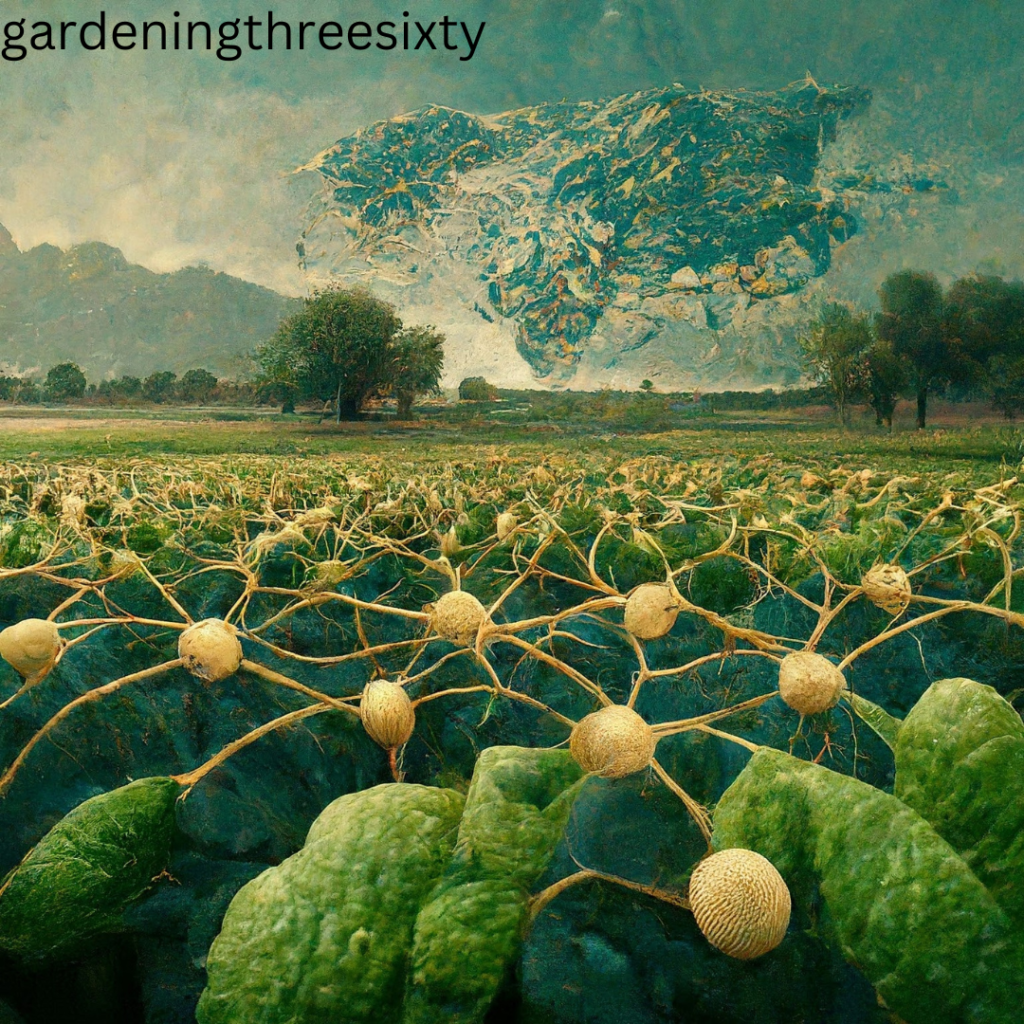
Community-Based Weed Control Initiatives
Engaging local communities in participatory weed control initiatives fosters shared responsibility, knowledge exchange, and community empowerment. Community-based approaches involve education, training, and collaborative decision-making, leading to effective and sustainable weed management solutions tailored to local needs and conditions.
Promotion of Agroecological Landscape Design
Agroecological landscape design integrates ecological principles, landscape planning, and agricultural practices to enhance weed management and biodiversity conservation. Designing diversified landscapes with hedgerows, buffer zones, and conservation areas promotes natural pest and weed control, habitat enhancement, and ecosystem resilience.
Investment in Weed Science Research and Innovation
Continued investment in weed science research and innovation is essential for developing sustainable weed management solutions. Research on weed biology, ecology, genetics, and control methods informs the development of novel strategies, technologies, and tools that contribute to effective and environmentally friendly weed management.
Adoption of Digital Farming Platforms
Digital farming platforms, including farm management software, decision support tools, and data analytics, facilitate precision agriculture and data-driven weed management. These platforms enable farmers to optimize resource use, monitor weed dynamics, and implement targeted control measures based on real-time data and predictive modeling.
Adoption of Regenerative Grazing Practices
Regenerative grazing practices, such as rotational grazing, holistic planned grazing, and managed intensive grazing, promote healthy pasture ecosystems, weed control, soil carbon sequestration, and livestock productivity. Grazing management strategies that mimic natural herbivore-ecosystem interactions support sustainable weed management in grassland and rangeland environments.
Incentives for Sustainable Weed Management
Providing incentives and rewards for adopting sustainable weed management practices encourages farmers and land managers to prioritize environmental stewardship and conservation. Incentive programs may include subsidies for organic farming, agroecological practices, conservation easements, and ecosystem service payments that recognize and reward sustainable land management.
Urban and Peri-urban Weed Management Strategies
Urban and peri-urban areas face unique weed management challenges due to human activities, infrastructure development, and land use patterns. Sustainable weed management strategies in urban settings may include green infrastructure, integrated pest management (IPM), community gardens, and public education campaigns to promote responsible weed control practices.
Restoration and Rehabilitation of Degraded Lands
Restoration and rehabilitation efforts on degraded lands can contribute to weed management by restoring ecosystem functions, enhancing vegetation cover, and reducing weed colonization opportunities. Restoring native vegetation, implementing erosion control measures, and promoting natural regeneration support sustainable weed control in degraded landscapes.
Long-term Monitoring and Adaptive Management
Long-term monitoring of weed populations, vegetation dynamics, and ecosystem health is essential for adaptive management and continuous improvement of weed management strategies. Adaptive management involves learning from monitoring data, adjusting management practices as needed, and incorporating feedback to enhance sustainability and effectiveness. Empowering Smallholder Farmers
Empowering smallholder farmers with access to resources, training, and support for sustainable weed management practices is crucial for inclusive agricultural development. Initiatives focused on capacity building, technology transfer, and market access enable smallholders to adopt sustainable weed control strategies and improve livelihoods.
Investment in Agroforestry Systems
Agroforestry systems that integrate trees, shrubs, and crops on farms provide multiple benefits, including weed suppression, soil conservation, biodiversity enhancement, and climate resilience. Agroforestry practices such as alley cropping, windbreaks, and contour planting contribute to sustainable weed management and landscape sustainability.
Adoption of Regenerative Grazing Practices
Regenerative grazing practices, such as rotational grazing, holistic planned grazing, and managed intensive grazing, promote healthy pasture ecosystems, weed control, soil carbon sequestration, and livestock productivity. Grazing management strategies that mimic natural herbivore-ecosystem interactions support sustainable weed management in grassland and rangeland environments.
Incentives for Sustainable Weed Management
Providing incentives and rewards for adopting sustainable weed management practices encourages farmers and land managers to prioritize environmental stewardship and conservation. Incentive programs may include subsidies for organic farming, agroecological practices, conservation easements, and ecosystem service payments that recognize and reward sustainable land management.
Urban and Peri-urban Weed Management Strategies
Urban and peri-urban areas face unique weed management challenges due to human activities, infrastructure development, and land use patterns. Sustainable weed management strategies in urban settings may include green infrastructure, integrated pest management (IPM), community gardens, and public education campaigns to promote responsible weed control practices.
Restoration and Rehabilitation of Degraded Lands
Restoration and rehabilitation efforts on degraded lands can contribute to weed management by restoring ecosystem functions, enhancing vegetation cover, and reducing weed colonization opportunities. Restoring native vegetation, implementing erosion control measures, and promoting natural regeneration support sustainable weed control in degraded landscapes.
Green Infrastructure and Natural Resource Planning
Green infrastructure planning integrates natural features, vegetation, and sustainable practices into urban and rural landscapes to manage stormwater, enhance biodiversity, and support weed control. Incorporating green roofs, rain gardens, riparian buffers, and native plantings in infrastructure design promotes sustainable weed management and ecosystem services provision.
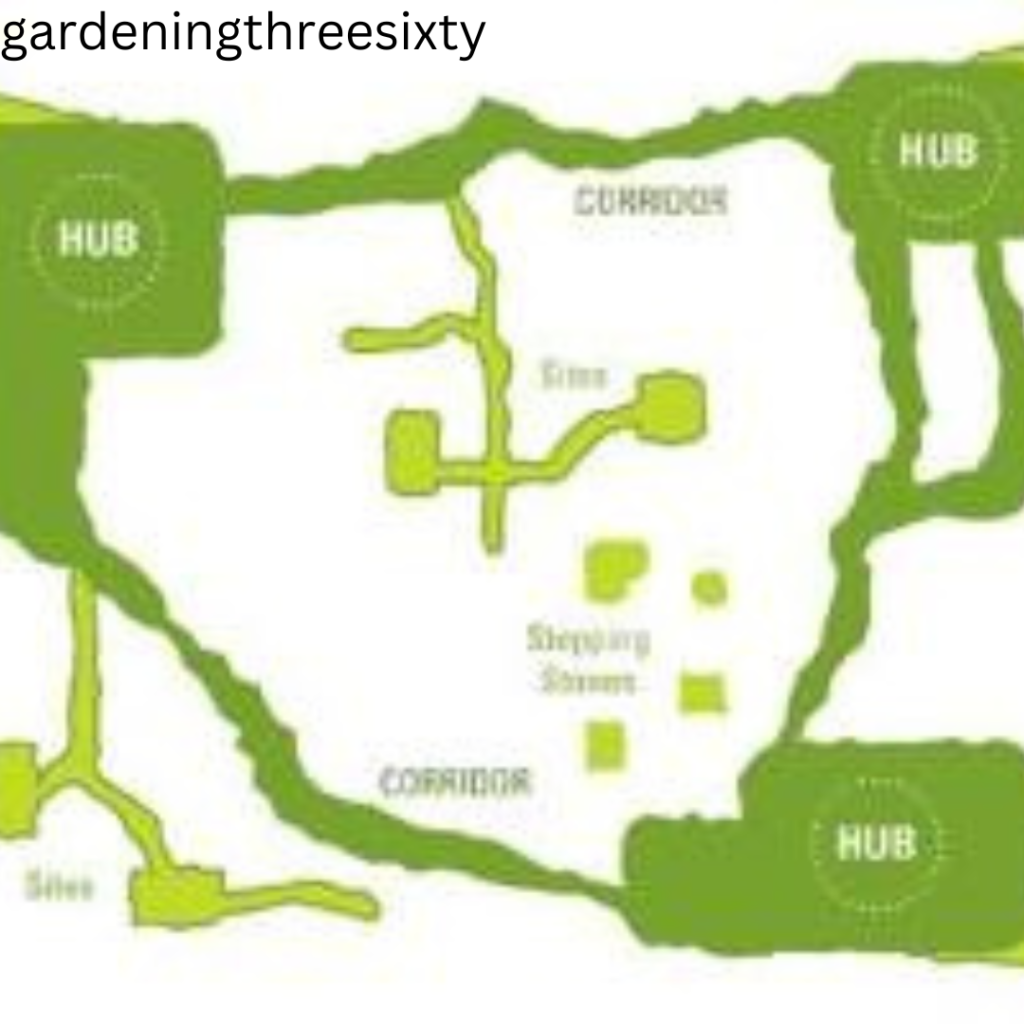
Citizen Science and Participatory Monitoring
Engaging citizens in weed monitoring and participatory science initiatives foster collaboration, data collection, and community involvement in weed management efforts. Citizen science programs empower individuals to contribute to weed mapping, invasive species reporting, and ecological monitoring, enhancing collective knowledge and action for sustainable weed control.
People Also want to know
What is causing the growth of weeds?
Weeds are essentially opportunists that thrive when conditions favor them. There are a few main reasons why weeds take root and spread, Favorable growing conditions, Abundant seeds, Weak lawns, etc
Where do weeds grow from?
Weeds can sprout from various sources but mostly come down to seeds, Seeds in the soil, Spread by wind, Mixed in with grass seed or mulch, Brought in by animals
What happens when weeds grow?
Weeds, like any other plant, go through a growth cycle if they find favorable conditions. Here’s what happens, Germination, Growth, Maturity
Conclusion on Understanding Weed Growth
Understanding the complexities of weed growth is crucial for developing effective weed management strategies that promote sustainable agriculture and environmental stewardship. By examining the factors influencing weed growth, the stages of weed development, methods of dispersal, and control strategies, we gain valuable insights into how to mitigate the negative impacts of weeds. Here are key takeaways from our exploration of weed growth:
Environmental Factors
Environmental conditions such as temperature, moisture, and soil composition play a significant role in weed growth. Managing these factors can help control weed populations.
Life Cycle Stages
Weeds progress through distinct stages of growth, from germination to seed production. Targeting weeds at vulnerable stages is critical for effective control.
Dispersal Methods
Weeds utilize various methods, including natural dispersal by wind and water, as well as human-induced dispersal through activities like farming and landscaping.
Competition with Crops
Weeds compete with crops and native plants for resources like nutrients, water, and sunlight, leading to reduced yields and biodiversity.
Control Strategies
Effective weed control strategies include cultural practices, mechanical methods, chemical applications, and biological control options. Integrated approaches that combine these methods are often the most successful.
Education and Awareness
Addressing common misconceptions about weeds and promoting an understanding of their ecological roles can improve weed management efforts and conservation efforts.
